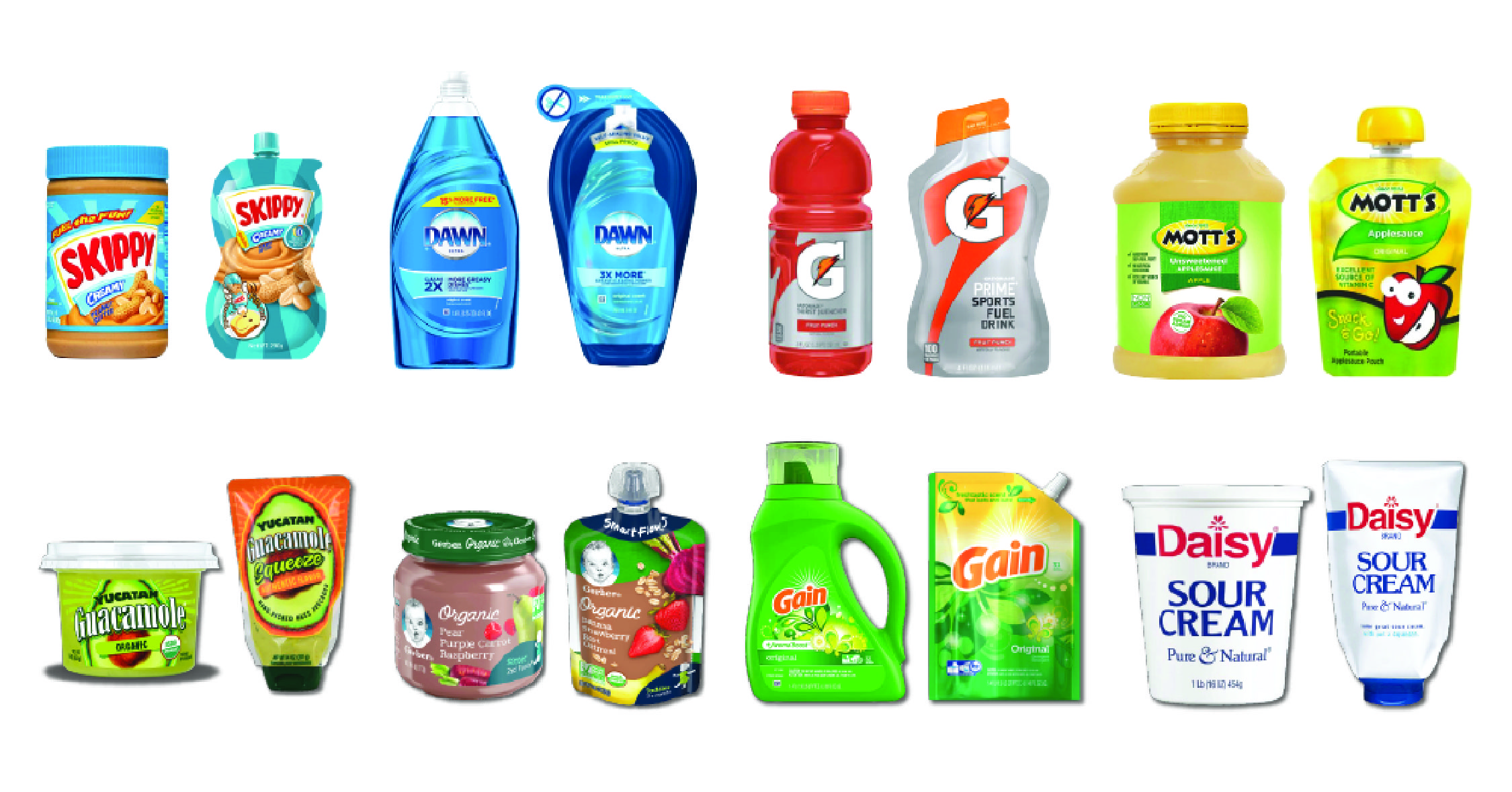In recent years, digital printing has made its mark on the packaging industry offering companies more substrate versatility than ever before. This flexibility is allowing brands to create innovative packaging that has the elusive ‘wow factor’ on shelf.
Below, with the help of Haney’s Director of Printing Services, Russ Clonch, we have listed the top 6 advantages of printing digitally on flexible packaging.
Greater cost savings
The bottom line is always forefront when creating a new package format. With digital printing presses, like Haney’s new HP Indigo 20000 Digital Press, cost is drastically reduced by eliminating the need for printing plates.
“With digital printing presses you can send files directly from your prepress department to the digital press,” says Clonch. “It is a quicker change over instead of hours of plate making and overhead expenses associated with outputting flexographic plates.”
Quicker turnaround times
It may take days, if not weeks, to produce and set up plates or gravure cylinders for a traditional printing press. However, these days, CPG companies are looking for a competitive advantage and are often unable to wait more than a few days before getting new designs out the door and on the shelf.
Without the need for flexographic printing plates or gravure cylinders, turnaround time from file development to the final printed package is significantly reduced.
Customization is key
According to Clonch, one of the biggest advantages to digital printing on flexible materials are the customization options.
By utilizing HP’s SmartStream Mosaic variable design technology, thousands of printed items are easily printed with multiple elements such as copy, barcodes and imagery changed from one piece to the next without slowing down the printing process.
“While customization is possible with flexographic and offset printers,” says Clonch, “the time and cost associated with those processes simply isn’t practical for a company’s bottom line.”
Shorter run sizes
With short changeover times and no need for flexographic plates or gravure cylinders the idea of a minimum run size is becoming less and less common. This capability to produce shorter runs is causing a boom of digital printing in markets that require specialized, frequently updated labels, such as wines and craft beers. Additionally, small brands or brands with a variety of products are feeling the benefits as printing digitally on flexible packaging is becoming more economically advantageous.
Prototyping makes perfect
Digitally printing on flexible substrates is a hand in glove fit for the prototyping process. Short run capabilities, and the ability to make changes quickly and efficiently, are ideal for testing and learning.
Unmatched quality
With the digital press, quality does not suffer. For example, The HP Indigo 20000 Digital press is the only digital printing process that matches gravure printing with high resolution and perfect registration. According to Clonch, “the 7-ink station removes the need to swap out spot colors while still giving us the availability to match 97% of PANTONE® colors.”
To learn more about the end-to-end capabilities of the HP Indigo 20000 Digital press, and Haney’s VIA Alliance™ program, contact Haney at hello@haneypkg.com.




